There cardiac (Leonorus cardiac) is a plant belonging to the large family of Lamiaceae. It is therefore a close relative of more well-known medicinal species such as: Rosemary, lavender, sage, thyme, hyssop, lemon balm And nepetella. The interest in this plant is due to the beneficial action it exerts on our most important organ, namely the heart. Widely used in folk medicine, it is still used today in herbal practice.
So let’s get to know it better and see how to recognize it and what uses it has.
Origin and geographical spread of the heart
The heart is native to Asia, where its beneficial virtues have long been known. It was then imported to Europe in the Middle Ages to be cultivated for medicinal purposes. Its spontaneous diffusion currently affects a large part of continental Europe, less the Mediterranean belt. For example, in Italy we find it only in the Center and North. It grows preferably in uncultivated places, among the ruins, it is cultivated more sporadically.
Meaning of the name Leonorus cardiac
The scientific denomination Leonorus cardiac it derives in this way from the Greek. Leonorus from the terms lewn= lion and oura= tail, therefore lion’s tailto underline the resemblance of the plant’s flowers to the final tuft of the feline’s tail.
The term Cardiacinstead, it comes from the word kardia= heart, in clear reference to its positive properties on the heart system.
Description of the cardiac plant
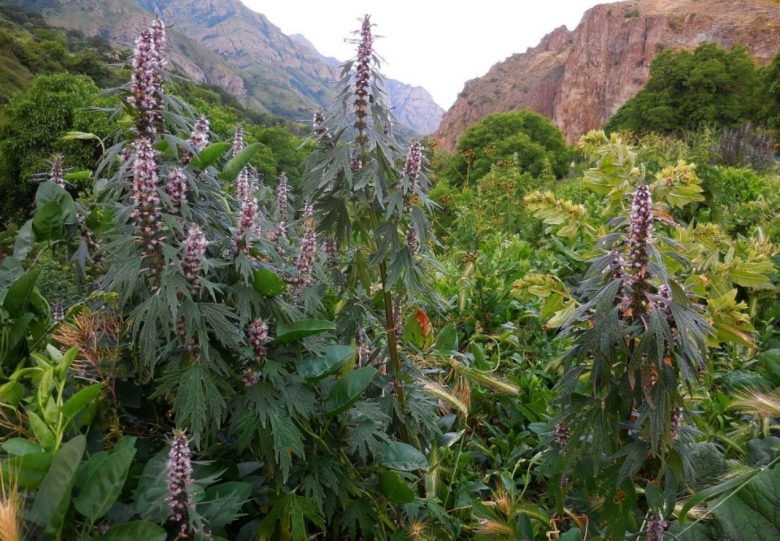
The cardiac is a perennial herbaceous plant, with a short rhizome from which stems, 1-1.50 m high, arise. The stems are erect, with short ramifications in the lower part, with a quadrangular section and covered with numerous hairs.
Leaves
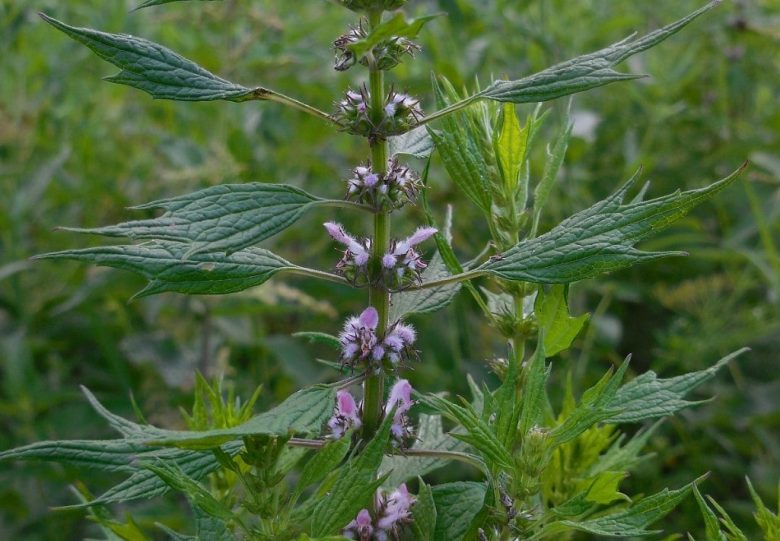
The leaves of the cardiac are all petiolate, opposite on secondary stems and branches, green in color on the upper side, whitish in the lower one.
On the stems we have the basal leaves, larger, heart-shaped and with irregularly toothed-lobed edges; the upper ones, palmatosette, divided into 3-7 lobes and with deep acute incisions; and the leaves of the tops of the stems, which are smaller and simpler, with an almost entire margin.
In general, the surface is almost hairless, but very wrinkled.
Flowers
The flowers are inserted in number of 10-30 at the axil of the upper leaves. Each flower has a thin brattole at its base. The calyx has 5 thin teeth which become thorny in the dry plant. The corolla, pink in color, is divided at the mouth into two lips of which the upper is whole and hairy, while the lower is divided into 3 lobes, with the middle one being larger than the other two.
Fruits
The fruit is made up of 4 prismatic achenes, with the truncated apex, enclosed in the bottom of the glass.
Collection of the cardiac
The aerial part of the plant is used in herbal medicine. This must be harvested in full bloom, in June or July, before the formation of the achenes. The plant is cut 10-20 cm from the ground, cleansed of dry leaves and not very tight bunches are formed.
storage
The drying of the bunches should possibly be done in a heated room, not in direct sun, however, as solar radiation risks degrading the active ingredients of the plant. Once dry, you keep them in paper bags and away from light.
Active ingredients and properties of the heart
The active ingredients contained in the heart are: the bitter substance leonurina, glycosides, saponins, essential oil, traces of betan alkaloids (stachhydrin), flavonoids (genkwanin), tannins.
To the plant many properties are attributedincluding those cardiac and nervous sedatives, hypotensive.
Indications
The active principles of the heart act on the cardiovascular system causing vasodilation, lowering of pressure, decrease in the frequency of heartbeats. It also helps to quell the nervous excitement that results, for example, from overworking of the thyroid gland, climacteric disorders and anxious states. In the past it has been used in epileptic seizures.
Modern researchers agree with these properties inherited from folk medicine, but indicate, nevertheless, that infusions and tinctures have mild activity. Precisely for this reason, they are valid for obtaining, without particular side effects, a mild general sedative action.
In herbal medicine they are found in selling dried leaves and alcoholic tincture. The infusion at home is prepared with 2 g of dry substance in 100 ml of water, to be taken hot if possible, otherwise the active ingredients will drop with cooling.
Contraindications
Cardiac is contraindicated in pregnancy, due to possible interference of leonurin on the myometrium. Those who take heart drugs can only use it under medical supervision, especially if use is prolonged.

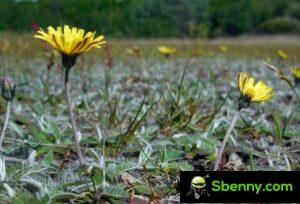
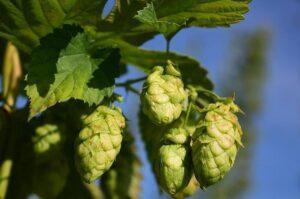
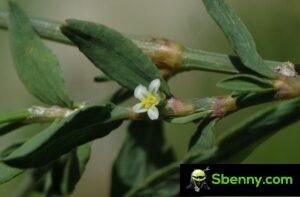
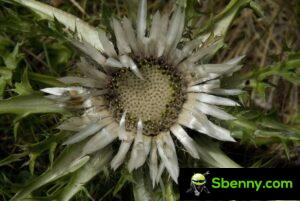
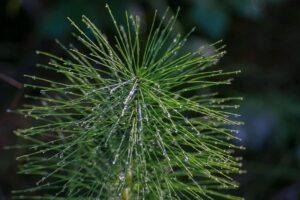
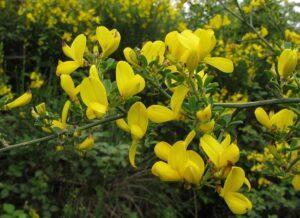
Start a new Thread